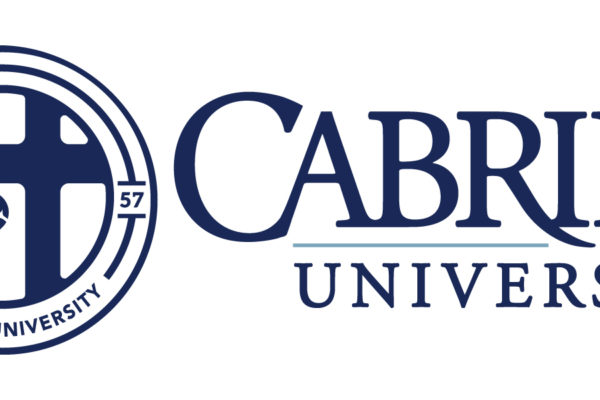If you’re in higher education these days, you can’t ignore the drama of falling enrollment and budget crises afflicting our smaller (and some larger) institutions. You may also know our penchant for bringing in consultants to help with strategic planning and branding to enrollment and online learning. But do we always need to use consultants, or are we defaulting to the mindset of “we’ve always done it this way”?
At Cabrini University, we needed to rebrand from Cabrini College this summer. And though the Marketing & Communications Department could have brought in a branding consultant, we decided to tackle the project ourselves and reallocate that money into direct enrollment growth activities. We spent 10 months collecting data to build a new brand identity–both conceptually and visually. And out of that came a new brand framework capitalizing on what already existed but had never been fully integrated into our marketing activities.

Our Process: The Short Version
As the vice president, I spent a lot of time doing my roadshow—meeting in groups and one-on-one with people from across the institution. When you think about it, this is exactly what a consultant does. Consultants meet with all stakeholders and take notes, they synthesize those notes into themes, and then they report back to you for feedback. After each meeting, a new piece of the jigsaw puzzle falls into place.
Step 1: Leadership Retreat
The Cabinet holed itself up in a room for a day, talking about the vision and future of Cabrini. I felt like a terrible person, but I kept pushing the group to be realistic. What do we do well? What can we promise people? What makes us special? The reality…we couldn’t define a unique value proposition, but I got a lot of good notes out of the meeting.
Step 2: One-on-Ones
I met with faculty and staff members and listened. Just listened. What they love about the institution, why they think students came here, etc. I would nudge for more detail and slowly themes emerged. And still, we couldn’t put a finger on what made us unique.
Step 3: Back to Leadership
After about two months of roughly 12 one-on-one meetings, five themes emerged. None of them were revolutionary, none necessarily unique. But back to the Cabinet we went. We dissected the five areas, challenging long-held beliefs about the institution and boiled it down to three distinct areas of excellence—student support, action-based learning, and social advocacy. Interestingly enough, only one of those is part of our mission. The others are pieces that emerged out of discussions with community members.
Step 4: The Roadshow
At this point, it’s been about four or five months, because we’re all doing our other full-time jobs of recruitment and fundraising marketing while moving the rebrand forward. We take the new brand promise, brand persona, and the three key messages on tour—meeting with more faculty, staff, students, the Board of Trustees, and alumni. With each meeting, a word gets tweaked here or phrases added there. The consensus is, however, that we hit the nail on the head!
After two months of sporadic meetings, we finalize the document. We have a solid promise to our customers that is realistic but inspiring, a new logo that is cleaner and more appropriate for our institution, and a rollout plan developed by the Marketing and Communications team. The development of all this took eight or nine months from start to finish, and it saved us tens of thousands of dollars in consulting fees.
Lessons Learned
Education is key
People have no idea what branding really is. They think they do…they don’t. To many, it’s a logo and school colors. The critical first step in any rebranding is educating your stakeholders on what branding means. Giving that context allows greater adoption of the belief that differentiating isn’t bad…that trying to be everything to everyone isn’t feasible anymore.
Brands are not Visions
As part of educating, it is critical to push people to recognize that the Vision Statement is not a brand. The aspirational quality of it means that you can’t make its promises to current and prospective students! If it’s not a reality (or close to it) right now, you could create extensive ill-will from the dissonance between the brand promise and the true experience. You have to ask yourselves, “Can we deliver on this promise?” If you can’t, you don’t want that to be your brand.
You can’t please everyone
Does everyone love the new brand? Probably not. The important thing is that they had opportunities to contribute to its creation–that their voices could be heard (though some never attended a meeting or completed a survey—I’m talking about you faculty members!). For prospective students, we have to be ok with the potential of the brand not resonating with a percentage of that audience. If the brand truly represents who we are, then these students would have been miserable here anyway!
The most critical thing to remember…launching a new brand isn’t a flash in the pan. Just because we launched on July 1 with advertising, emails, new website, etc. doesn’t mean we can check a box and move on. Brand maintenance and reinforcement are just as critical (if not more so) to gain long-term traction with your market.

